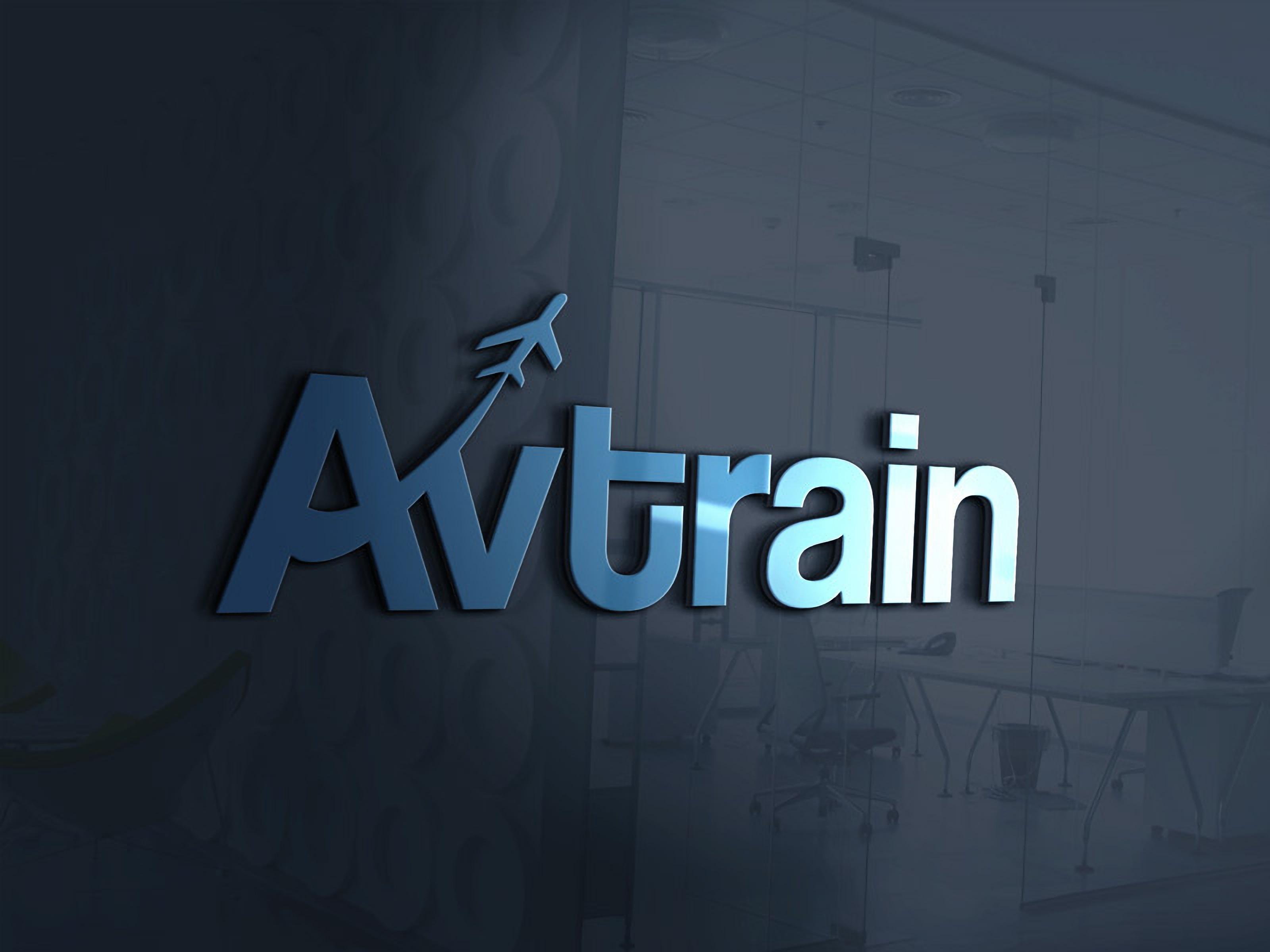
What is PDRA-G01? PDRA for Surveillance, Long Range Cargo Ops.
PDRA-G01 is a Pre-Defined Risk Assessment for drone operations that enables surveillance and longer-range cargo operations. This standardised framework falls within the 'specific' category and provides a streamlined approach for conducting operations beyond the visual line of sight when using airspace observers.
General Characteristics for this PDRA-G01:
- With UA with maximum characteristic dimensions of up to 3 m and typical kinetic energy of up to 34 kJ.
- BVLOS operations are allowed with visual air risk mitigation.
- Operations are conducted over sparsely populated areas and in uncontrolled airspace.
- Below 150 m AGL (or any other altitude reference defined by the Member State).
Operational Characteristics
Level of Human Intervention
- No autonomous operations are allowed.
- Remote pilots must maintain control of the UA at all times.
- Only one UA can be operated per remote pilot.
- Operations from moving vehicles are prohibited.
- Control handover to another command unit is not permitted.
UA Range Limitations
- Launch/recovery: at VLOS distance from the remote pilot if not operating from a safely prepared area.
- Without airspace observers: maximum distance of 1 km from the remote pilot.
- With airspace observers (AOs), the range is not limited as long as the UA is not operated further than 1 km from the nearest AO.
Overflown Areas and UA Limitations
- Operations should be conducted over sparsely populated areas.
- Maximum characteristic dimension: 3 meters.
- Maximum kinetic energy: 34 kJ.
Flight Parameters
Height and Airspace Restrictions
- Maximum height limited to 150 meters AGL.
- Operations allowed in:
- Uncontrolled airspace (ARC-b).
- Segregated area (ARC-a).
- As otherwise established by Member States (air risk not higher than ARC-b).
Visibility and Other Considerations
- Flight visibility must be greater than 5 km.
- The UA should not be used to drop material or carry dangerous goods, except for agricultural, horticultural, or forestry activities.
Operational Risk Classification
- Ground Risk Class (GRC): 3
- Air Risk Class (ARC): ARC-b
- Specific Assurance and Integrity Level (SAIL): II
Operational Mitigations
Operational Volume
- Establish operational volume considering 4D space (latitude, longitude, height, and time).
- Account for navigation solution accuracy, flight technical and path definition errors.
- Emergency procedures must be activated if UA may exceed operational volume.
Ground Risk Buffer
- Implement a ground risk buffer using the "1:1 rule" (e.g., if UA operates at 150m height, the ground risk buffer should be at least 150m).
- Both the operational volume and the ground risk buffer must be in sparsely populated areas.
Air Risk
- Establish an air risk buffer outside operational volume.
- Implement procedures to avoid jeopardising other airspace users for operations above 120m and up to 150m AGL.
UAS Operator Responsibilities
Documentation and Planning
- Develop a comprehensive operations manual (OM).
- Implement security requirements and data protection measures.
- Develop guidelines to minimise nuisance and emissions-related disturbance.
- Develop and validate an Emergency Response Plan (ERP).
Maintenance Requirements
- Ensure maintenance staff follow the UAS maintenance instructions.
- Keep maintenance records for a minimum of 3 years.
- Maintain an up-to-date list of authorised maintenance staff.
Personnel Requirements
Remote Pilot Qualifications and Training
- Hold a "Remote Pilot Certificate of Theoretical Knowledge for STSs" or equivalent level of training in the Specific Category.
- Complete practical skills training and assessment.
- For operations between 120-150m, undergo additional theoretical knowledge training.
Airspace Observers (if employed)
- Ensure correct placement and the appropriate number of AOs along the intended flight path.
- Verify visibility, absence of terrain obstructions, and effective communication with each AO.
- AOs must be able to maintain a visual scan of the airspace for collision hazards.
Technical Conditions
UAS Equipment Requirements
- Monitoring capabilities for critical parameters (position, height, ground speed, energy status)
- Performance capability to descend safely from operating altitude
- Clear and non-distracting human-machine interface (HMI)
- Compliance with radio equipment and RF spectrum requirements
Communication Requirements
- Protection mechanisms against interference for C2 link.
- C2 link protected against unauthorised access.
- Reliable method to recover command-and-control link or terminate flight in case of loss.
- The time between command and execution does not exceed 5 seconds.
Contact Us Today
Understanding and implementing PDRA-G01 requirements require expertise and proper training. Our company provides comprehensive training programs for remote pilots, consultancy services for operational planning, and assistance in preparing operations manuals compliant with PDRA-G01. Contact us today to learn how we can help you safely and legally conduct surveillance and long-range cargo operations with drones, complete with adequately trained airspace observers and all required documentation.
Further Reading:
Want to learn about the Courses and Services Avtrain can provide?
March 11, 2025